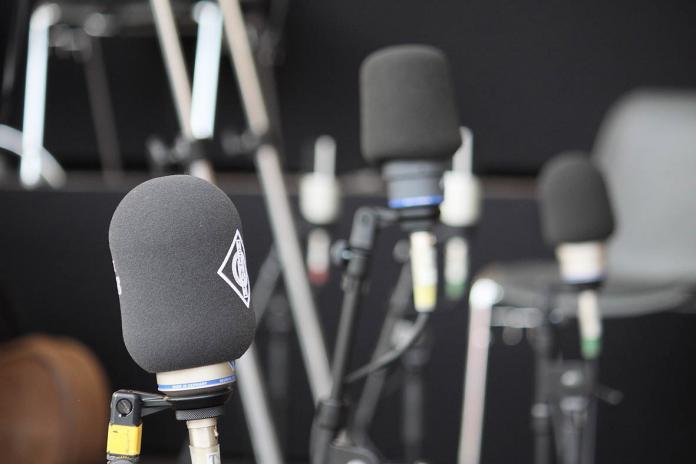For twenty years, music lovers from Germany and abroad have been traveling to the Classic Open Air Festival in Berlin to enjoy internationally acclaimed artists performing classical masterpieces in the magnificent setting of the Gendarmenmarkt square.
During the past years around 600,000 people have attended 105 concerts, with musical offerings ranging from opera, operetta and musicals to crossover productions featuring pop, soul, swing and jazz classics.
With this year’s series of concerts between July 7 and 12, the organizer celebrated 20 years of staging this successful event. At the same time, a new technical concept made its debut behind the scenes.
This year for the first time, the audio infrastructure was digital, based on the use of two all-digital Eclipse mixing consoles from Innovason and digital microphones from Berlin-based manufacturer Neumann.
An Ethersound network linked microphone interfaces, stageboxes, monitor mixers, FOH mixers and the built-in recording facility. This type of system offers much greater flexibility than an analog setup – right from the planning phase. It is much easier to carry out changes at short notice – if necessary, even during live operations – because there is no fixed point-to-point wiring to consider. Routing remains highly flexible and independent of the hardware.
During setup, the greatly reduced cabling complexity makes life much easier for the technical crew. All of the audio channels are carried by a single cable no thicker than a pencil. There is no comparison with the equivalent analog multicores.
Martin Kaiser from TSE AG and the event’s technical director says, “Another powerful benefit is its immunity to interference, especially at events with complex lighting systems. The deployment of digital microphones means that the background noise is now below the threshold of audibility for audience and musicians. The cumulative background noise from the large number of open channels needed when an orchestra is miked up would otherwise be quite audible. In addition, when we were soundchecking the string section we were immediately impressed by the superb sound quality of the digital mics (Neumann KM 184 D and KM 143 D). We hardly needed to use any eq at all. The TLM 103 D large diaphragm microphone proved to be a highly effective choice for the double basses.”
The fact that the gain setting can be stored in a digital microphone – prior to signal splitting – means that the various downstream devices, particularly the monitor and FOH mixer, require just very little trimming. The signal generator and LED indicators built into the mic greatly facilitate the process of correctly matching microphones to instruments during line check and soundcheck. In practice, this feature can save valuable time as well as money, since these adjustments can be carried out directly from the mixing console.
Says Manfred Bamberg, FOH sound engineer, “Being able to store all the parameters and copy the channel settings is a tremendous help. On tour, the M.A.R.S. recording system built into the 64-channel Eclipse console even lets you perform a ‘virtual soundcheck’ without the musicians being present by playing back a recording of the previous day’s performance and using that to adjust the basic mix. When the musicians arrive, no more than minor adjustments should be needed.”
Wolfgang Fraissinet, President of Marketing/Sales for microphone manufacturer Neumann, says, “The companies that provide sound systems for major events are becoming increasingly aware of the benefits of digital audio technology – and of digital microphones. Their successful debut at this large and prestigious event here on our doorstep marks a very important milestone for us.”


